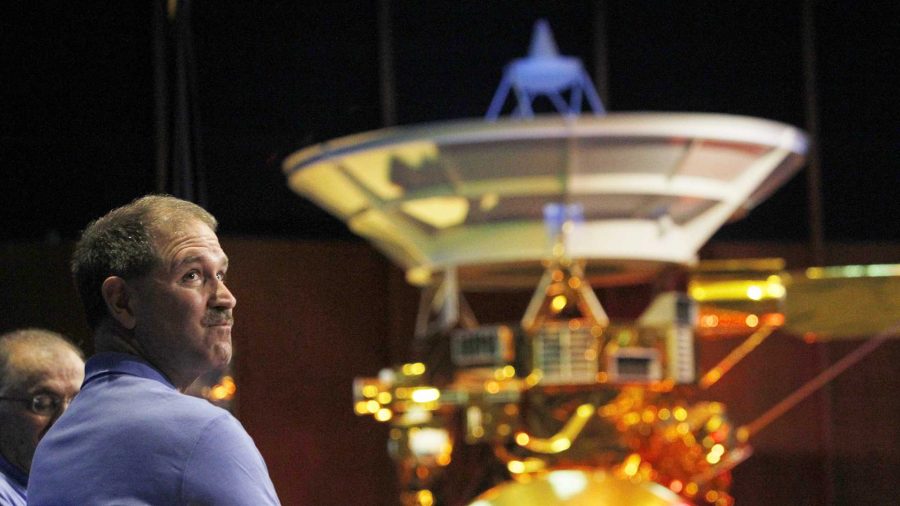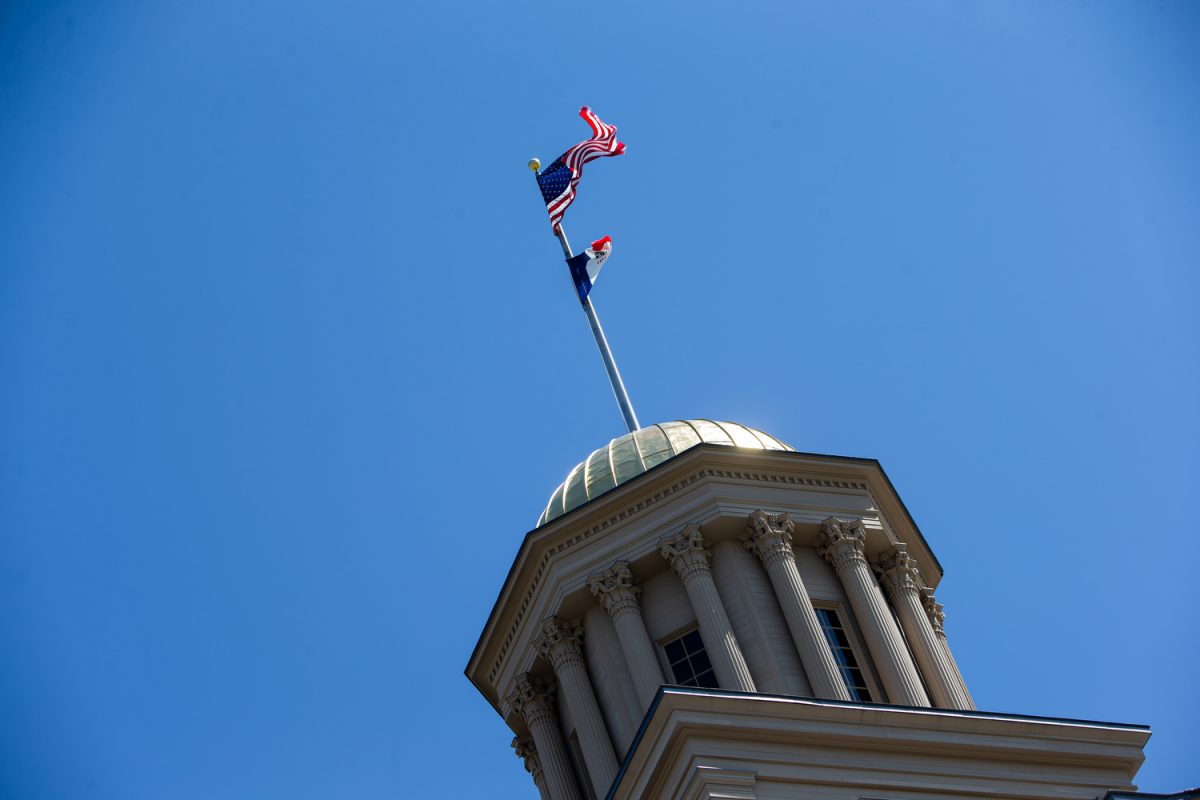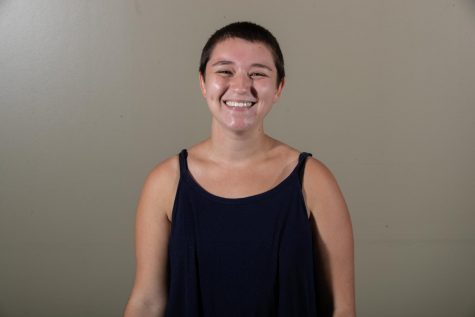The NASA spacecraft Cassini ended its 20-year mission to Saturn on Sept. 15, making its final descent into the atmosphere before disintegrating completely.
Launched on Oct. 15, 1997, the Cassini has given NASA an enormous collection of data on the planet, its rings, moons, and magnetosphere.
George Hospodarsky, a University of Iowa associate research scientist, has worked on the Cassini mission since receiving his Ph.D., and he was involved in building, testing, and calibrating Cassini before the launch.
He worked on the planning and operating of the Radio and Plasma Wave Science Instrument, which was developed at the university, and he studied the scientific results.
RELATED: UI, NASA combine on Saturn project
The best part of working on Cassini, Hospodarsky said, was the feeling of building a device that would go somewhere where nothing else had.
“It was just a great experience,” he said. “We were working really hard and long hours, but you were actually building something that was going to go into space.”
For Senior Engineering Associate Donald Kirchner, the best moment was doing instrument checks from the launch pad at Cape Canaveral.
“One of the most interesting things I got to do was stand on the top of the gantry and look up and down the beach at Cape Canaveral — it’s a great view,“ Kirchner said.
Despite the incredible length of the mission, Cassini was never in danger of being lost.
“The only two times I was ever really worried was the launch and orbit insertion in 2004, but both times, everything worked perfectly,” Hospodarsky said. “The spacecraft worked wonderfully the whole 20 years; there were very few problems, I was never concerned about it failing or our instrument failing,“
The instruments on Cassini were turned on within a day of the launch and remained on for most of the mission.
One of the major findings was the discovery of ice geysers on the moon Enceladus. For these geysers to exist, there must be liquid water, which opens up the possibility of life on Enceladus, Hospodarsky said. There may be missions in the near future that investigate the moon further, to try to answer the age-old question of whether life exists outside of Earth.
Another major finding, or verification, that Cassini possibly made is the mysterious rotation period of Saturn.
“With these really close orbits … we’re hoping, especially with the magnetometer measurements, that we would be able to see enough of an offset because we’re so close that they’ll be able to determine actually the period of Saturn,” Hospodarsky said. “That’s one of the big things that our instrument discovered.”
Undergraduate student Christopher Michael cited the Cassini mission as one of his reasons for becoming interested in, and eventually majoring in, astronomy.




 ">
">






 ">
">